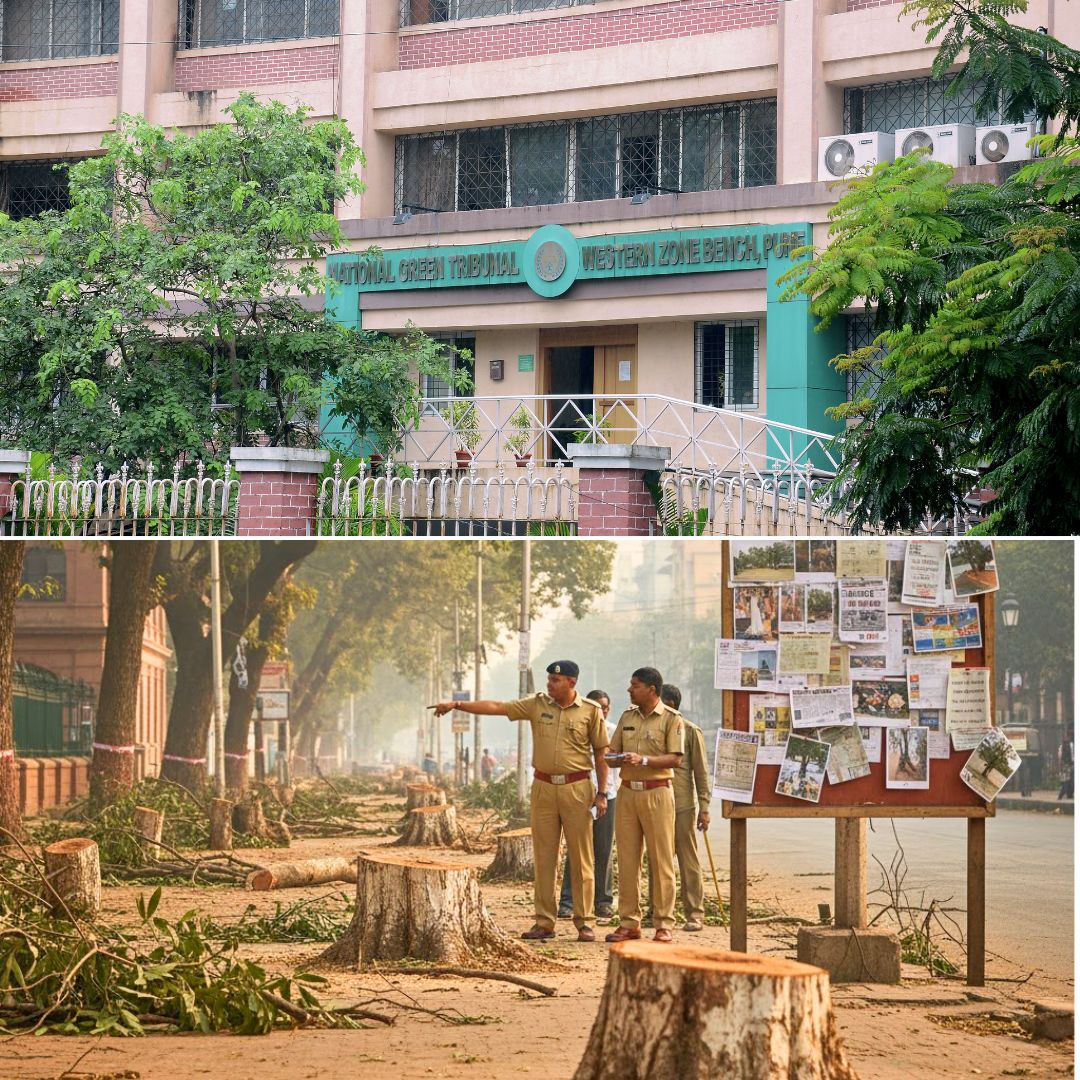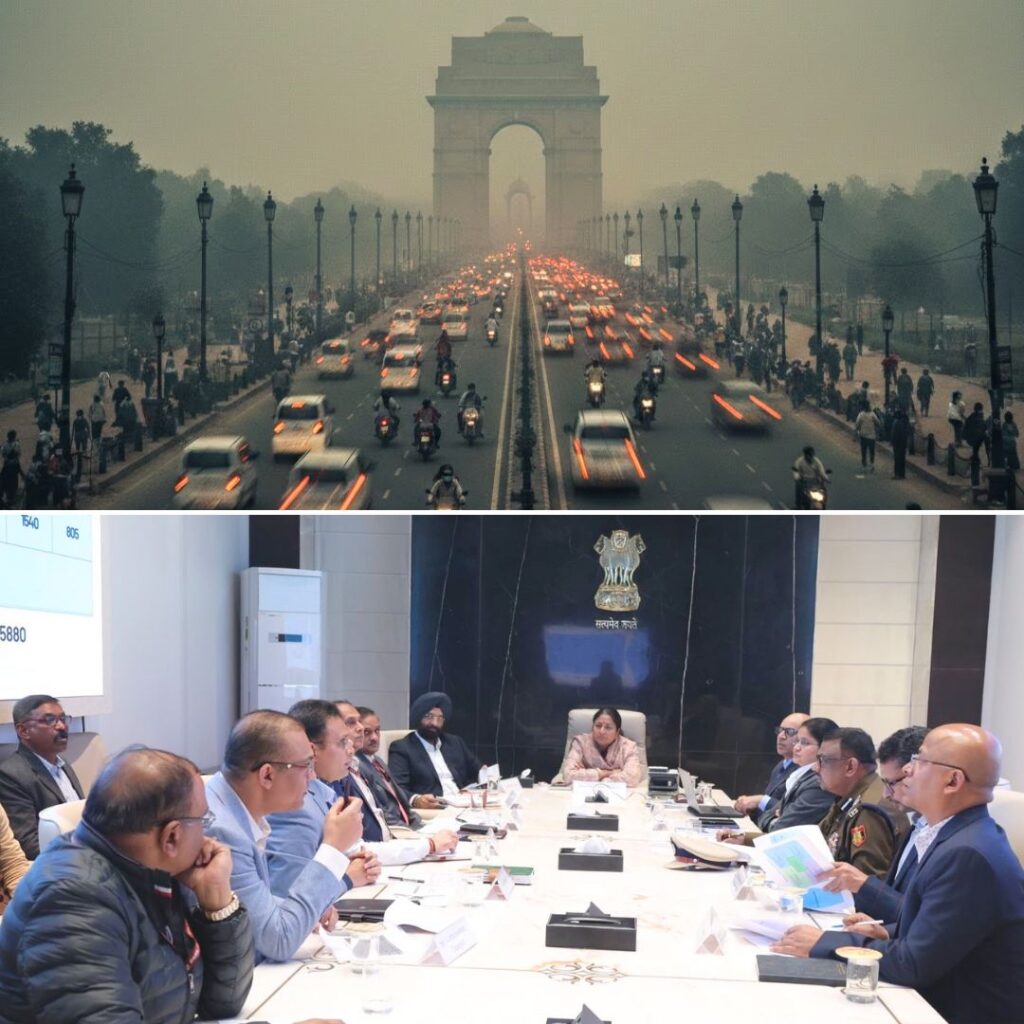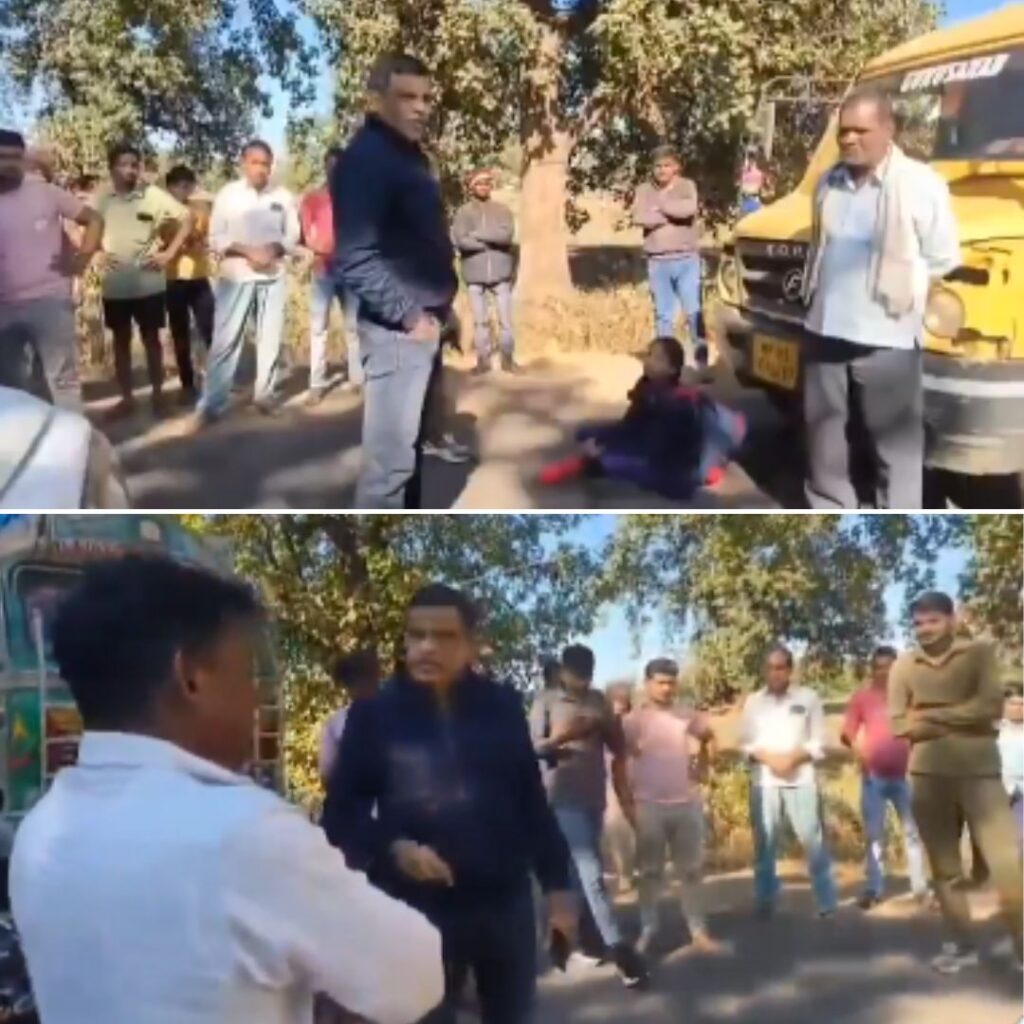The National Green Tribunal (NGT) has instructed the Tree Officer in Delhi’s Civil Lines area to swiftly verify and act upon allegations of illegal tree felling reported at multiple sites, including 1-E/45 and 1-D/45 Mall Road.
The NGT reinforced the provisions of the Delhi Preservation of Trees Act, 1994, mandating that such inquiries and any resulting enforcement action be completed preferably within three months.
The order comes following complaints supported by photographic evidence alleging that mature, healthy trees were felled without the mandatory permissions under the Act. This ruling emphasises the Tree Officer’s duty to undertake thorough inspections, initiate penal proceedings if violations are found, and submit timely reports.
Delhi Preservation of Trees Act Context
The Delhi Preservation of Trees Act, 1994, protects the city’s urban greenery by restricting tree felling, pruning, or transplantation without prior written approval from Tree Officers.
The Act mandates inspections, grant of permissions, and penalties for violations, making it a key legal tool for conserving Delhi’s environment amid rapid urbanisation.
Despite this, instances of unauthorised tree felling continue to threaten the green cover, prompting vigilant monitoring and judicial oversight from bodies like the NGT.
NGT’s Directive and Ecological Importance
The NGT’s order clarifies that the Tree Officer must investigate the Civil Lines felling swiftly and take remedial measures, which may include penalties against those responsible. The Tribunal’s Bench, led by Justice Prakash Shrivastava and expert member Dr A. Senthil Vel, highlighted that environmental violations cannot be dismissed as local disputes.
The preservation of trees contributes crucially to Delhi’s air quality, urban biodiversity, and temperature regulation. The directive fortifies environmental governance by reaffirming the statutory responsibilities of tree officers and supporting community efforts to safeguard the capital’s green spaces.
The Logical Indian’s Perspective
Trees are pillars of urban sustainability and community wellbeing. The NGT’s firm reaffirmation of legal protections against illegal felling is a positive step to protect Delhi’s precious green cover. Beyond enforcement, fostering public awareness and active citizen participation are vital to nurturing a culture of environmental responsibility.
News in Q&A
1. What happened and who ordered action?
The National Green Tribunal ordered the Tree Officer of Delhi to verify and take necessary action on illegal tree felling allegations in Civil Lines, particularly at Mall Road addresses 1-E/45 and 1-D/45. This followed complaints alleging unauthorised cutting of mature trees without prior approvals mandated by law.
2. What law governs tree protection in Delhi?
The Delhi Preservation of Trees Act, 1994, mandates that no tree can be felled, pruned, or transplanted without express permission from the appointed Tree Officer. It requires verification, hearings, and penalties for violations to protect urban greenery amidst growing environmental concerns in the capital.
3. What has the NGT mandated specifically?
The NGT directed that the Tree Officer complete the inquiry into illegal tree felling expeditiously, preferably within three months. The officer must confirm the allegations using inspection, initiate prosecutions or penalties if violations are found and report the findings timely. This directive strengthens institutional accountability under the Act.
4. Why is this issue significant for Delhi?
Delhi’s green cover is vital to mitigate pollution, urban heat, and biodiversity loss. Unregulated tree felling threatens environmental balance and public health. The NGT’s decision emphasizes that urban greenery protection is a serious concern that warrants judicial action beyond routine bureaucratic processes.
5. What are the broader implications for environmental governance?
This ruling highlights the need for vigilance, transparency, and enforcement in environmental laws. It sets a precedent advocating swift action against violations affecting urban ecosystems, encouraging citizen participation and institutional responsibility to preserve natural heritage.












